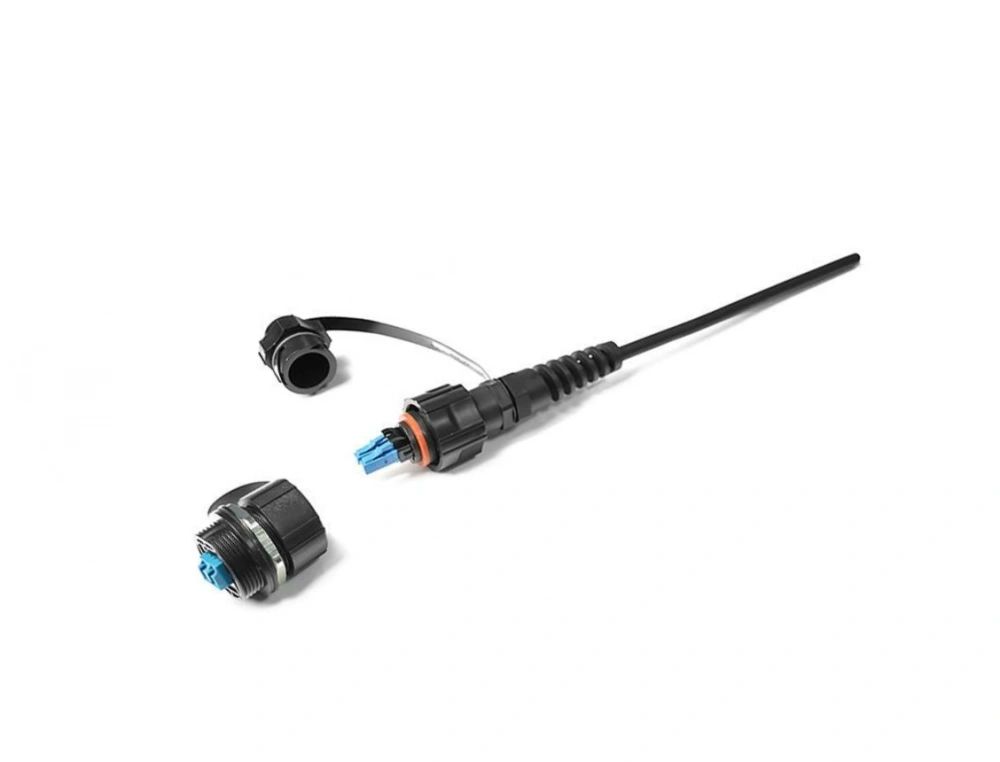Optical fiber connectors and cables: Joint specifications and matching

In the field of optical communication, the joint specifications and matching of optical fiber connectors and optical cables play a crucial role in ensuring efficient and reliable transmission of signals. The accurate alignment and connection of fiber connectors and cables are essential for minimizing signal attenuation and maximizing performance. This article aims to provide a comprehensive overview of the joint specifications and matching requirements for optical fiber connectors and cables.
1. Optical fiber connector specifications
Optical fiber connectors serve as the interface between different optical components, such as optical fibers, transmitters, and receivers. They allow for easy and reliable connection and disconnection of optical fibers. To ensure proper joint specifications and matching, several factors should be considered:
- Connector type: There are various types of optical fiber connectors, including LC, SC, ST, and MPO. Each type has different size and performance characteristics, and the choice depends on the specific application requirements.
- Fiber compatibility: The fiber connector must be compatible with the type of optical fiber being used, such as single-mode or multi-mode. The connector should have the appropriate physical dimensions and polishing techniques to achieve low insertion loss and high return loss.
- Mechanical durability: The connector should be designed to withstand repeated mating and demating cycles without compromising the optical performance. It should have a robust housing and a reliable latching mechanism.
2. Optical cable specifications
Optical cables are responsible for transmitting the optical signals between different devices. They protect the fragile optical fibers and provide mechanical and environmental protection. When considering joint specifications and matching, the following aspects should be taken into account:
- Cable type: There are various cable types, such as tight-buffered, loose-tube, and ribbon cables. The selection depends on factors like installation environment, flexibility requirements, and the number of fibers to be accommodated.
- Fiber count: The cable should have sufficient capacity to accommodate the required number of fibers. It is essential to consider future expansion needs and allow for easy access and maintenance of fibers.
- Performance characteristics: The cable should have low attenuation, high bandwidth, and excellent environmental durability. It should meet the specified industry standards to ensure reliable transmission over long distances.
3. Joint specifications and matching
The joint specifications and matching of optical fiber connectors and cables involve ensuring compatibility and performance optimization. Some key considerations are:
- Connector and cable type compatibility: The connector and cable types should be compatible in terms of physical dimensions and performance requirements. Connecting a specific type of connector to an incompatible cable can lead to signal loss and poor transmission quality.
- Cleaning and inspection: Proper cleaning and inspection of connectors and cables are essential for maintaining optimal performance. Contaminants on the connector end-face or cable end can cause signal degradation, and regular inspection is necessary to identify any issues.
- Testing: Several tests, such as insertion loss and return loss measurements, must be performed to verify the joint performance. These tests help identify any potential issues and ensure the joint meets the desired specifications.
Overall, achieving the joint specifications and matching of optical fiber connectors and cables is critical for seamless and reliable optical communication. By considering the connector specifications, cable specifications, and the requirements for compatibility and performance optimization, efficient signal transmission can be achieved, leading to superior optical communication systems.
Summary
In summary, the joint specifications and matching of optical fiber connectors and optical cables are crucial for ensuring efficient and reliable transmission in optical communication systems. This article discussed the specifications for both connectors and cables, highlighting factors such as type compatibility, fiber count, and performance characteristics. The importance of cleaning, inspection, and testing was also emphasized. By following these specifications and considerations, optimal joint performance can be achieved, contributing to high-quality optical communication.



